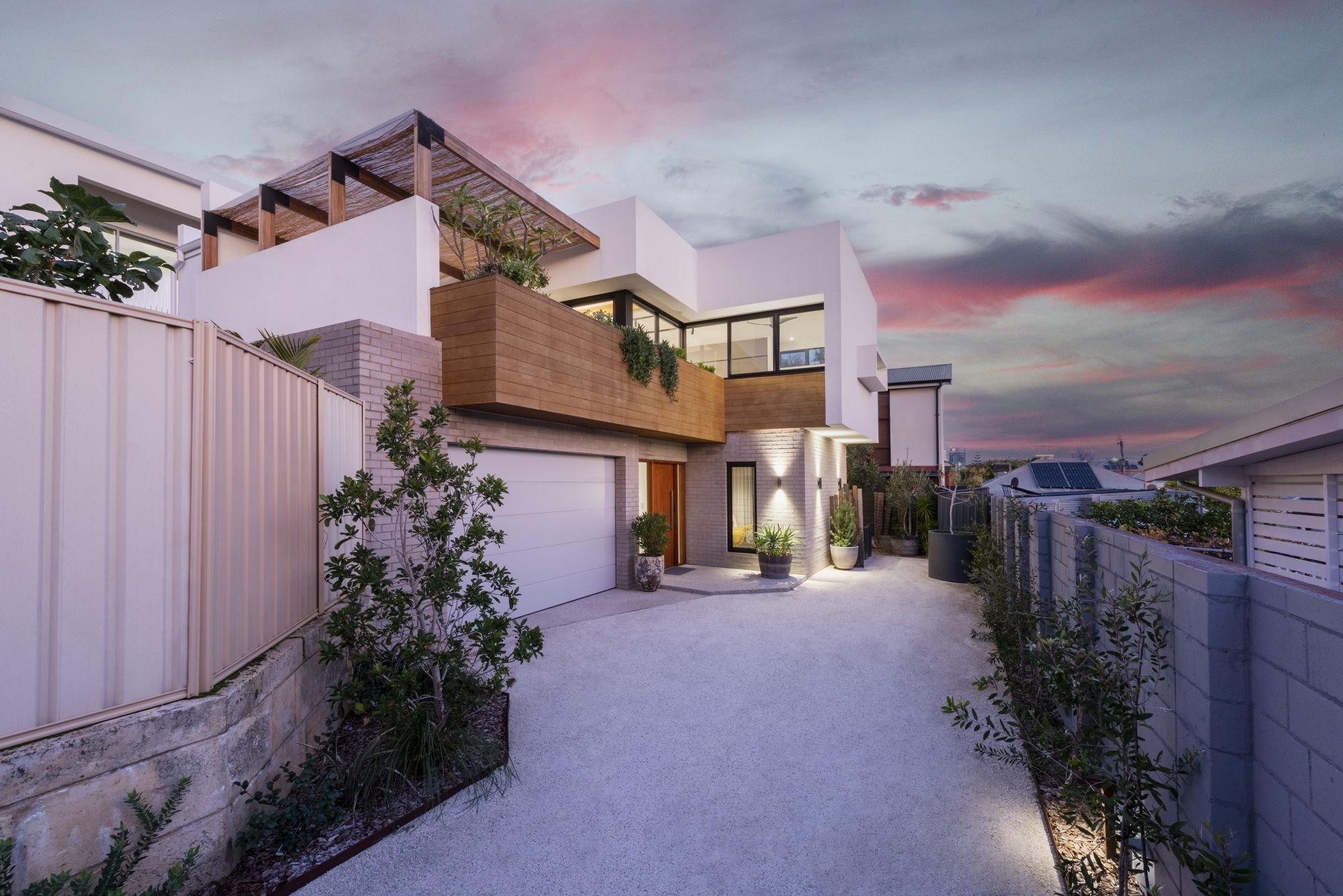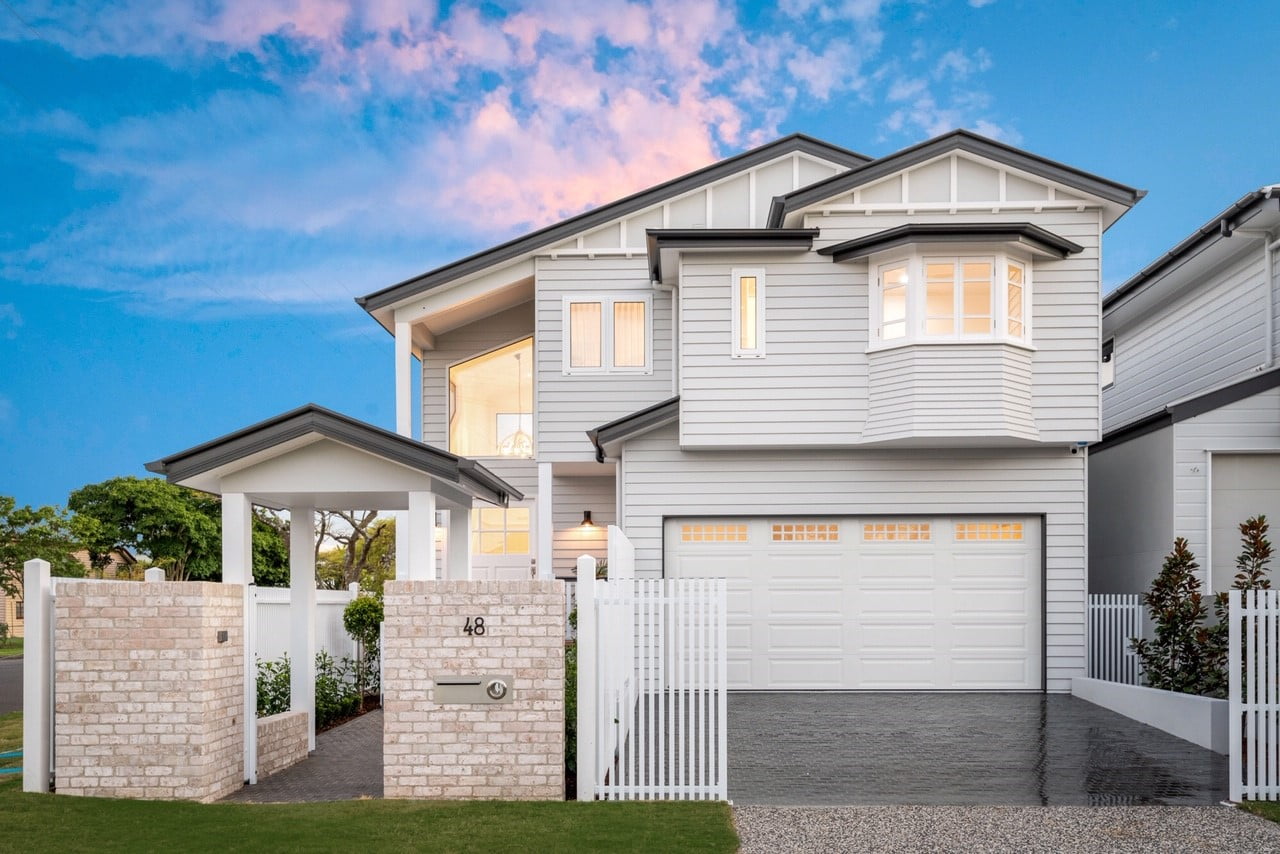Trusted Residential House Architect to Bring Your Vision to Life
Trusted Residential House Architect to Bring Your Vision to Life
Blog Article
How Residential Architects Create Customized Houses for Every Way Of Living
The procedure by which domestic engineers layout customized homes is a nuanced interaction of recognizing customer needs and converting those insights right into practical living areas. With thorough assessments and the usage of design tools, designers capture the essence of their customers' way of lives, ensuring that each home mirrors individual values and ambitions.
Recognizing Client Needs

Effective interaction is paramount in this process. Architects need to encourage clients to articulate their lifestyles, family members characteristics, and future goals, ensuring that the layout shows their unique identity. By using tools such as questionnaires, interviews, and aesthetic studies, designers can collect useful understandings into the client's vision.
Additionally, comprehending the context in which a home will certainly exist is essential. Engineers must think about elements such as the website characteristics, regional environment, and cultural influences that can influence the style. This all natural method enables the development of spaces that are not only visually pleasing yet also functional and lasting.
Ultimately, a deep understanding of client requires allows architects to develop personalized homes that enhance the top quality of life for their occupants, promoting a sense of belonging and convenience within their living environments.
Style Refine and Cooperation
The layout procedure in household style is a vibrant interaction of creativity and collaboration, where architects, clients, and different stakeholders work closely to bring a vision to life. This iterative journey generally starts with a series of meetings to establish a comprehensive understanding of the customer's ambitions, preferences, and way of living needs. Throughout these conversations, engineers collect important information, enabling them to conceive designs that line up with the client's vision.
Following the first assessments, the style stage evolves via illustrations, 3D versions, and building makings. This aesthetic communication acts as a tool for designers to existing concepts, while additionally inviting client comments, ensuring that the last layout resonates with their assumptions. Reliable cooperation with designers, professionals, and interior designers is critical during this phase, as it ensures that all practical facets of the task are seamlessly incorporated.

Incorporating Way Of Living Aspects
Integrating lifestyle components into residential layout is important for producing rooms that truly reverberate with the occupants. residential architecture homes. This procedure begins with comprehending the one-of-a-kind needs, choices, and daily routines of the home owners. Designers participate in detailed discussions to uncover just how the individual or family uses their space, whether for amusing guests, pursuing leisure activities, or seeking silent resort
Once these insights are gathered, designers can customize layout attributes that improve day-to-day experiences. For example, open floor strategies may be developed for households that focus on togetherness, while committed work spaces can be incorporated for those who work from home. Exterior locations, such as outdoor patios or yards, can be highlighted for family members that delight in outdoor activities or enjoyable.
In addition, adaptability is a crucial consideration; multi-functional areas allow for flexibility as way of livings evolve in time. Custom-made storage options can also be incorporated to fulfill details company needs, making sure that the home remains clutter-free and functional. Ultimately, by thoughtfully check that weaving lifestyle elements into the building fabric, domestic designers produce customized homes that not only accomplish visual needs however likewise considerably boost the lifestyle for their customers.
Lasting and Smart Design
Clever and lasting layout progressively plays a crucial function in domestic style, as house owners seek to minimize their ecological influence while enhancing their living experiences. Engineers are currently integrating environment-friendly materials, energy-efficient systems, and cutting-edge innovations to produce homes that not just satisfy visual desires however also offer the earth.
Incorporating renewable resource sources, such as photovoltaic panels and wind generators, permits homeowners to harness natural deposits, substantially minimizing reliance on standard power grids. Smart home modern technologies better boost sustainability by maximizing power use via automated systems that manage illumination, home heating, and cooling based on tenancy and choices.
Furthermore, the usage of lasting structure products-- like reclaimed wood, bamboo, and reused steel-- promotes a round economy, reducing waste and resource consumption. Architects additionally stress passive design principles, guaranteeing homes are oriented for maximum natural light and ventilation, thereby lessening the demand for synthetic heating & cooling.
Along with ecological advantages, smart and sustainable design adds to the overall convenience and wellness of homeowners. By focusing on interior air quality and all-natural components, architects create spaces that foster well-being, enabling property owners to prosper attuned to their atmosphere.
Wrapping Up and Implementing Strategies
Settling and executing plans is a critical phase in the property style procedure, where the vision of a customized home starts to appear. This phase includes meticulous attention to detail, making certain that every aspect of the design is exactly expressed and all set for building and construction. residential architecture homes. Architects work together carefully with clients to examine final plans, dealing with any last-minute adjustments or issues, while making sure that all aspects align with the homeowner's lifestyle needs
As soon as plans are completed, designers prepare extensive construction papers, hop over to here consisting of comprehensive illustrations and requirements that act as a blueprint for home builders. These records describe materials, finishes, and installment methods, offering quality for subcontractors and specialists. Furthermore, securing essential licenses and sticking to neighborhood building regulations is necessary, as it makes sure compliance and smooth job implementation.
Effective communication is vital throughout this phase. Routine updates and conversations with home builders help to alleviate possible problems before they occur. By promoting a joint atmosphere, designers can guarantee that the implementation lines up with the initial vision. Eventually, this crucial phase changes ideas into fact, laying the structure for a home that mirrors the unique way of living and choices of its occupants.
Verdict
To conclude, property engineers play an essential duty in crafting tailored homes that deal with varied lifestyles. With meticulous understanding of client needs, joint layout processes, and the combination of way of life elements, architects make sure that each home mirrors specific preferences. The incorporation of wise modern technologies and sustainable methods even more boosts performance and environmental responsibility. Ultimately, the efforts of domestic engineers finish in Visit Your URL the understanding of customized living rooms that promote comfort and health for their citizens.
The process by which property designers design tailored homes is a nuanced interplay of understanding customer needs and translating those understandings into useful living rooms. With thorough assessments and the use of style tools, designers capture the essence of their clients' lifestyles, guaranteeing that each home reflects individual worths and goals. Engineers need to urge customers to verbalize their way of lives, family dynamics, and future desires, making certain that the design mirrors their distinct identity.The layout procedure in household style is a vibrant interplay of creativity and collaboration, where architects, clients, and numerous stakeholders work closely to bring a vision to life - residential architecture homes. Through meticulous understanding of client needs, collaborative layout procedures, and the integration of way of life components, designers guarantee that each home mirrors private choices
Report this page